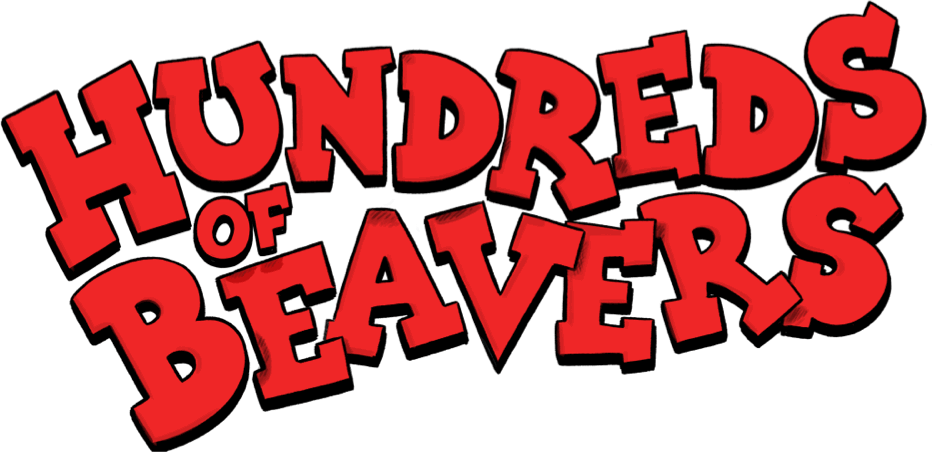There have been plenty of sports films before, but there’s never been a sports film quite like a Luca Guadagnino (“Call Me By Your Name,” “Bones and All”) sports film. The director has brought his penchant for sex, skin, bodies, and sweat to Tennis, a sport most commonly associated with repetition and, along with writer Justin Kuritzkes, delivered a combative, competitive love triangle film that exhilarates and excites and titillates from the jump.
“Challengers” follows the thirteen-year-long love triangle between Tashi Duncan, played by Zendaya (“Dune (2021),” “euphoria”), a former tennis played turned coach forced to retire due to an injury, her husband Art Donaldson, a tennis champion played by Mike Faist (“West Side Story (2021),” “Pinball: The Man Who Saved the Game”), and Patrick Zweig, Art’s former best friend and low circuit tennis player played by Josh O’Connor (“God’s Own Country,” “The Crown”). It traces their meeting in college up until the events of a wild card challenger event in New Rochelle, NY, 13 years later.
Before we can get into anything else at all, know this: Zendaya is spectacular. Every member of the main trio is, but there’s just something so particularly magnetic about her performance. Yes, the entire film is essentially based around Art and Patrick’s desire of her and her manipulation of that desire to get what she wants, but the fact that Guadagnino has almost crafted the film to put the audience in Art and Patrick’s position as well is nothing short of genius.
Faist and Zweig are no slouches either. The scenes with the two of them paired up, showcasing the evolution and crumbling of their friendship due to Tashi’s meddling are just as thrilling as the tennis matches themselves. It’s the kind of film where you can never truly tell what someone is going to do, how they’ll react, or if they’ll end up regretting it later.
For a film mostly about tennis, Guadagnino has managed to work with cinematographer Sayombhu Mukdeeprom (“Call Me By Your Name,” “Suspiria (2018)”) to shoot it in the most fascinatingly interesting ways possible. Not only are the standard dialogue scenes well shot, but the tennis matches are pure adrenaline, shot in specific ways that boggle the mind. Couple that with an invigorating score from Trent Reznor and Atticus Ross (“The Social Network,” “Soul”), and you have a recipe for a film that is tailor made to get blood pumping in more ways than one.
There’s a lot of sweat throughout the entire film, and not all of it is related to tennis. Kuritzkes and Guadagnino craft a tale full of metaphor and symbolism, where the back and forth of a tennis match can easily be about more than lobbing a ball back and forth.
On paper, it could be easy to call this a simple relationship drama and leave it at that, but it's not just that. It’s the specific combination of each individual element. Yes, the dialogue, music, cinematography, acting, etc. would all still be compelling in different separate films. But combined in this specific way, it creates a movie that is more than the sum of its already excellent parts.
“Challengers” is a giddy, thrilling drama equal parts sexy, funny, and invigorating. It’s the best Zendaya has ever been and represents a cross section between Guadagnino’s auteurist styles and broader audience appeal. The result is a concoction that is a delight to sit back and stew in, until it pumps you up so much you can't help but stand up and scream. 5/5




.jpg)



%201-21%20screenshot.png)

.jpg)
